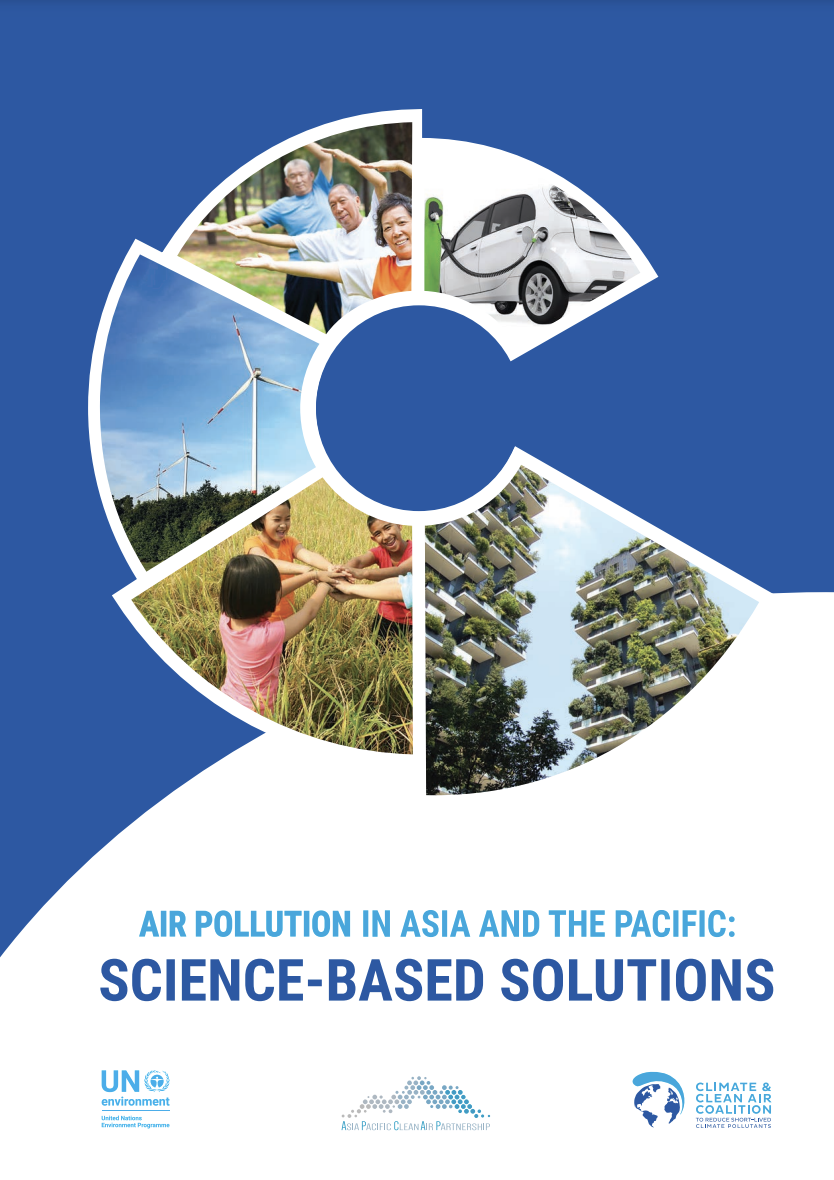Less than 8 per cent of the population of Asia and the Pacific enjoyed healthy air – within the World Health Organization (WHO) Guideline – in 2015. That means that around 4 billion people, the other 92 per cent of the population, spread unevenly across the region and with the highest numbers living in South and East Asia, are exposed to levels of air pollution that pose significant risks to their health. Improving the lives of such a vast number of people requires action to reduce the emissions that result in the formation of fine particulate matter (PM2.5) and ground-level ozone, both of which damage human health and well-being, as well as food production and the environment
This report identifies 25 clean air measures that can positively impact human health, crop yields, climate change and socio-economic development, as well as contribute to achieving the Sustainable Development Goals. Implementing these measures could help 1 billion people breathe cleaner air by 2030 and reduce global warming by a third of a degree Celsius by 2050.
